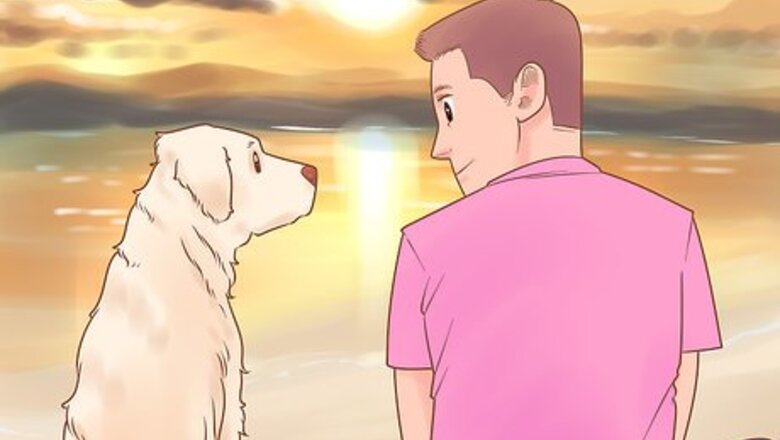
views
Recognizing Signs of Canine Affection
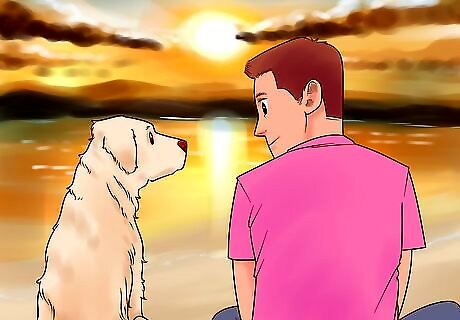
Look for frequent and affectionate eye contact. In many cases, making eye contact with a dog can indicate aggression or a contest for dominance. That’s why it’s recommended not to look strange dogs in the eyes. However, if your dog likes to gaze into your eyes without any bit of aggression or irritation, that’s a great sign that they love you. Peaceful or joyful eye-to-eye gazing indicates that the dog is completely comfortable around you.
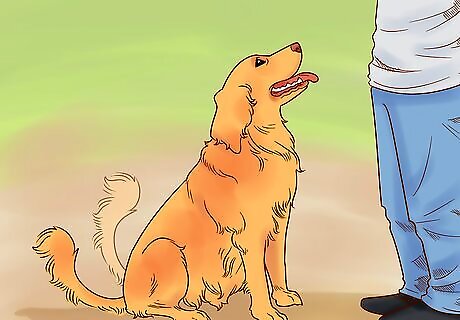
Watch for a tail that wags to the dog’s right. Not all tail wagging is created equal, apparently. In many cases, a tail that wags more to the dog’s right than the left indicates happiness and affection. If it wags more to the left, that can indicate anxiety or irritation. This may not be the case for every dog, though. So long as the dog’s tail wags roughly parallel to the ground and they seem happy in other ways, it’s most likely an affectionate wag.
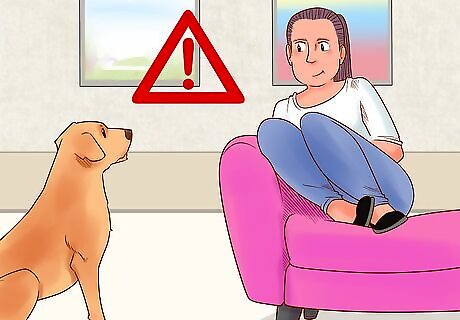
Take note if they check in on you regularly. During a walk, do they frequently take breaks from sniffing around at everything to look your way? If you’re in a room of the house that’s off-limits to them, do they hang out by the door or drop by regularly to see what you’re up to? Basically, if they always want to know how you’re doing and what you’re doing, they probably really love you! If you tend to walk the dog together with a spouse, partner, sibling, parent, friend, etc., take note of who the dog tends to check in on most often. That’s probably who they love most!

Think about how excited they get to see you. If the dog can’t contain its excitement when you get home from work or school, that’s a good sign of their affection for you. If they don’t even seem to notice when you come in the house, there’s a better chance that you’re not their number-one love. Of course, different dogs have different levels of general excitement, so you’ll have to compare how they respond to you versus how they respond to other people. For instance, if the dog gets excited when anyone comes in the door but gets REALLY excited when you come in, that’s a good sign.
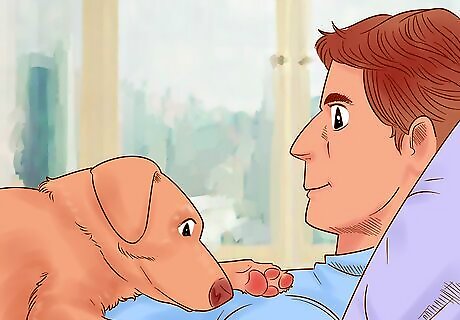
Consider how quickly they calm down around you. This is the other side of the coin regarding their burst of excitement when they see you. If, after their initial enthusiasm, they quickly want to become cuddly with you or just hang out near you, that indicates a strong comfort level with you. It’s easy for a dog to get excited around someone they like. However, it demonstrates a higher degree of trust and affection if they can quickly calm down in your presence.
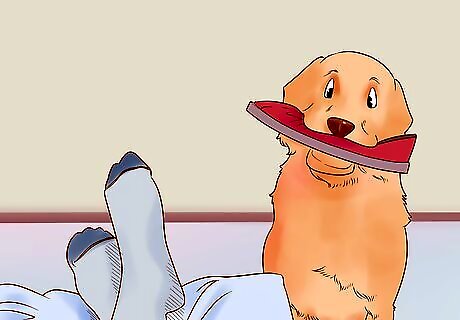
See if they like to carry or snuggle with your stuff. You may find it a bit annoying when your dog carries around your slipper or cuddles up on the T-shirt you left on your bed. But, this is love! Personal items like these carry your scent, and the dog wants to be close to this aromatic reminder of you. So, instead of getting upset that only your slippers end up with teeth marks and slobber in them, brag to everyone else in the house that it’s a sign of your most-favored status!
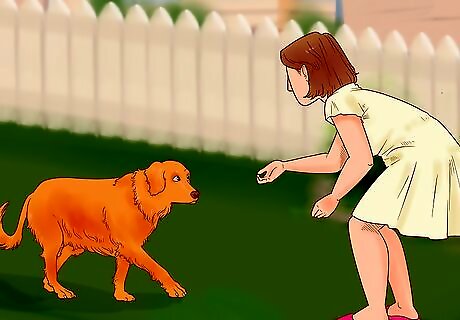
Evaluate how quickly they respond to your calls and commands. Dogs can be trained to obey calls and commands from numerous people. However, the more quickly and eagerly they respond to the commands, the more likely it is that they have a deep affection for the person. They’ll respond more quickly because they want to be around you and want to please you. If the dog isn’t very good at obeying commands in general, the mere fact that they tend to obey you more often might be the sign of their affection.
Considering Factors that Impact Bonding
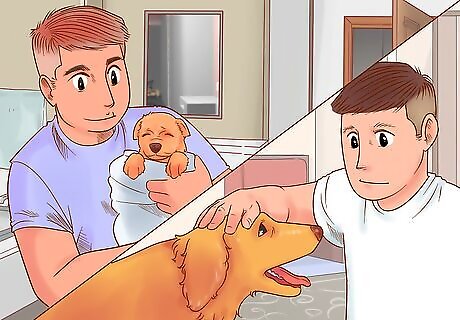
Determine if you were their primary caregiver from 0-6 months. It’s natural for a dog to forge a strong bond with whoever provides them with life’s necessities when they’re a young puppy. If you did the bulk of the caregiving during this early stage of their life, there’s a good chance that they developed a deep and lasting love for you. Not surprisingly, the quality of the care you give and the amount of affection you show during this early age will impact the strength of their bond with you. This doesn’t mean you can’t forge a deep bond with a dog you adopted as an adult, though. It may take more time to build up trust, comfort, and affection, but most dogs want to and will bond with the person who gives them loving care.
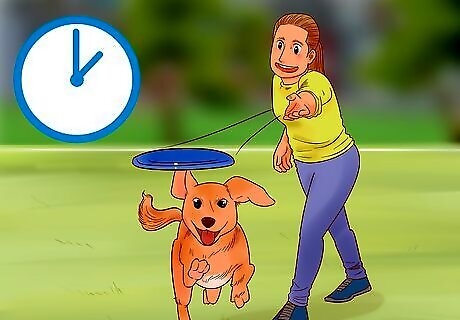
Evaluate the quantity and quality of time you spend with them. This is the major factor that you can control in any relationship with a dog. Do you spend a lot of time with the dog, and do you make sure the time is spent well? Do you play, exercise, explore, and relax together? Do you make sure they’re fed, watered, and kept clean and healthy? These are the things that build bonds of affection. Even if you haven’t been the most attentive human companion, it’s never too late to start!
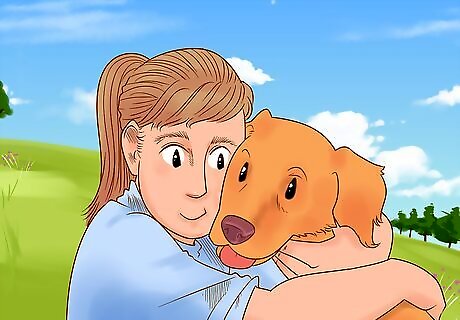
Note if they’ve had positive associations with you or people like you. You might say that dogs sometimes engage in stereotyping or profiling. For instance, if their first caregiver was a woman, they may more easily form affectionate bonds with women. Or, if they had a neglectful owner with a beard as a puppy, they may remain skittish around people with beards. You can overcome negative associations a dog has formed, but it may take more time and effort to build a strong and loving bond. The most important thing you can do is make sure they have positive experiences with you right from the start.
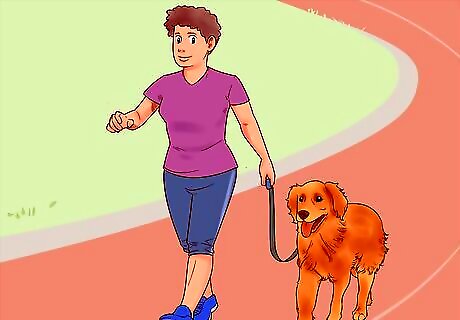
Figure out if you have similar personalities. Like humans, some dogs are more outgoing and gregarious, while others are more introverted and reserved. If both you and the dog prefer a quiet 1-on-1 game of fetch in the yard to making the rounds at the dog park, there’s a better chance of a deep bond forming. This doesn’t mean that you can’t have an “opposites attract” scenario occur, and plenty of sociable dogs and shy people (and vice versa) develop loving bonds. But, having similar personalities simply tends to make the process easier.
Improving Your Relationship with Your Dog
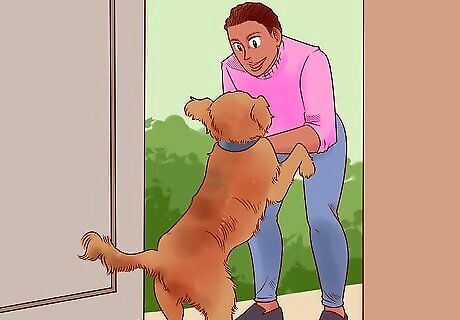
Reciprocate their signs of affection. If they get excited when you return home, show them that you’re excited to see them too. If they look back often to check on you during walks, call them regularly to let them know you're keeping tabs on them as well. If they cuddle up to you, snuggle them back. While you should avoid staring back at unfamiliar dogs who look at you, it’s a good thing to return the affectionate gaze of dog who knows and loves you.
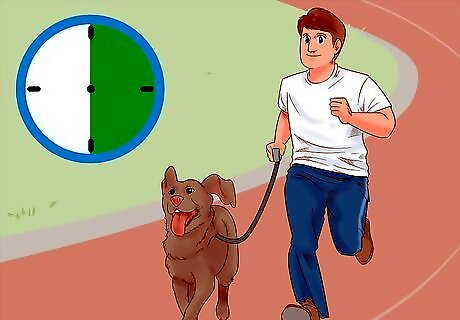
Spend at least 30 minutes of 1-on-1 time per day. No matter how busy you are, set aside at least a half-hour block of time to devote exclusively to your canine companion. Clear away all distractions. Play their favorite game in the yard, or go for a long walk and focus on them instead of your phone. For those who like to see their dog as their “kid,” it’s worth noting that this is very similar to the advice given to help parents bond with their children.
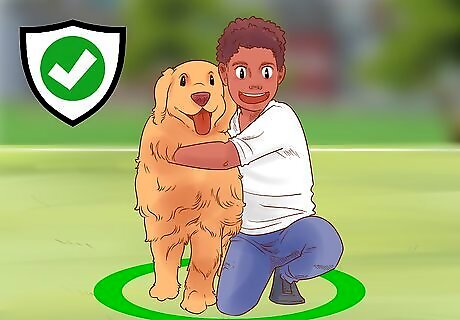
Provide for them, protect them, and respect them. Simply put, love your dog and they will love you back. Dogs have been bred for centuries to be exceptional human companions, so being an attentive caregiver and affectionate friend will unlock their innate desire to bond with you. In many ways, human-canine relationships aren’t all that different from human-human ones: you get what you give.

















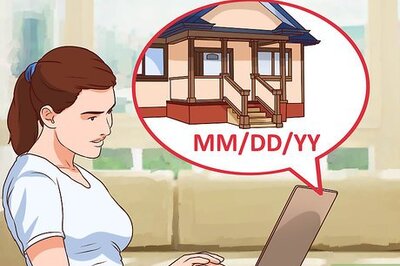
Comments
0 comment